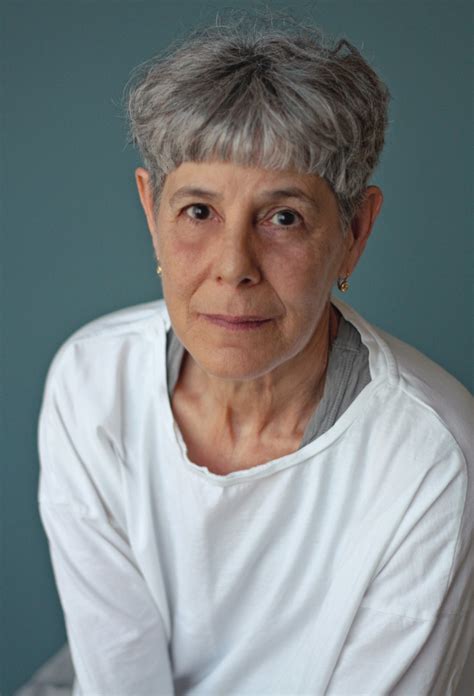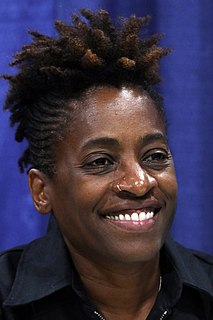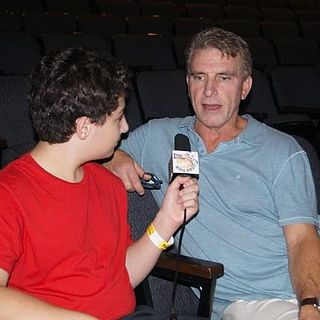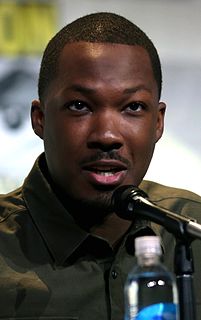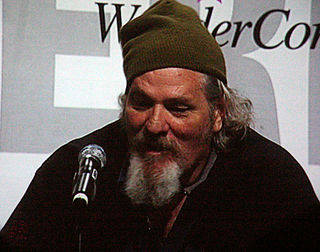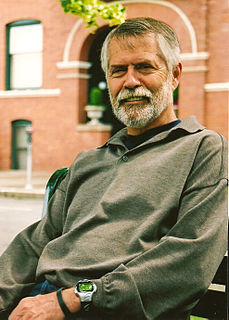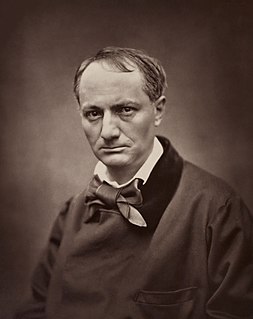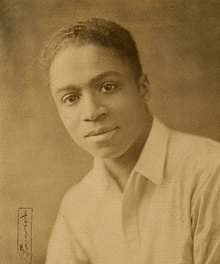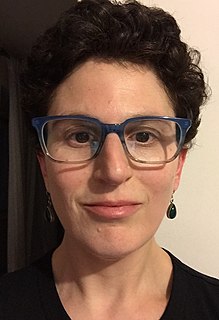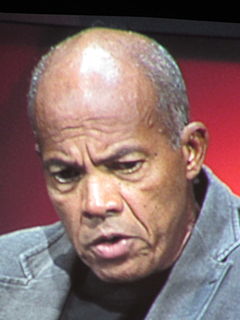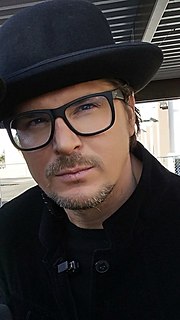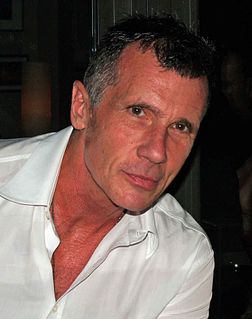A Quote by Susanna Kaysen
What is it about meter and cadence and rhythm that makes their makers mad?
Related Quotes
I feel that as a writer and as a performer too. I never really thought about backstory for characters. It was much more of a musical approach: You learn a melody, and then you sing it, I suppose, or you find a rhythm or a cadence that works for the material. And then it's sort of about hitting that note correctly and finding those beats.
